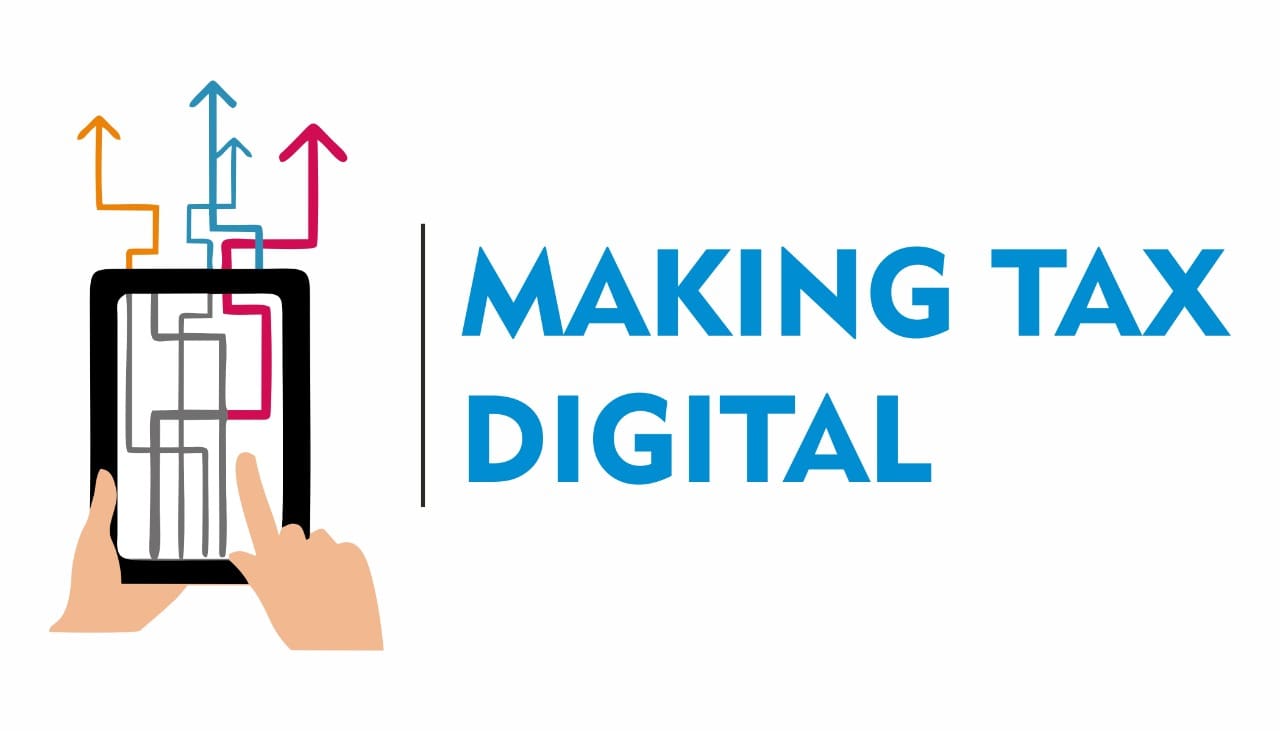 Making Tax Digital is a key part of the UK’s tax digitalisation. In a recent study of 2,000 businesses, 69% reported benefits from Making Tax Digital. This included faster preparation and submission of returns and increased confidence in tax accuracy. 67% felt it reduced potential mistakes in record keeping and return processes.
Making Tax Digital is a key part of the UK’s tax digitalisation. In a recent study of 2,000 businesses, 69% reported benefits from Making Tax Digital. This included faster preparation and submission of returns and increased confidence in tax accuracy. 67% felt it reduced potential mistakes in record keeping and return processes.
From April 2019, businesses with turnover above £85,000 were required to follow Making Tax Digital. In July 2020, it was announced that all VAT-registered businesses must file digitally from April 2022, regardless of turnover.
We have outlined the steps a company must take to add specific taxes to their MTD Government Gateway Account.
1. Registering for a Government Gateway Account
When registering for a Government Gateway account, you will need to provide certain personal information. The system will require your full name, email address, and contact details. You will also need to create a password and choose a security question for account recovery purposes.
It’s worth noting that the registration process also requires information that proves you have a right to work or run a business in the UK, which is where your National Insurance number and a recent payslip come in. These documents contain unique information that can verify your identity and your connection to the UK workforce.
2. Enrolling for Specific Tax Services
After successfully creating your Government Gateway account, you can enrol for the specific tax services you require. You will find a variety of tax services you can add to your account, such as:
- VAT (Value Added Tax): This tax applies to the sale of goods and services. If your business sells goods or services that are subject to VAT, you will need to add this to your account.
- Corporation Tax: This is a tax levied on the profits of limited companies. If your business is a limited company, you will likely need to add this to your account.
- Income Tax: This tax is applied to money earned by individuals. If you are a sole trader or are earning money outside of employment, you will need to manage your Income Tax through the Government Gateway.PAYE (Pay As You Earn): This system is used by employers to deduct income tax and National Insurance contributions from employees’ wages. If you employ staff, you will need to add this to your account.
3. Signing up for Making Tax Digital
Signing up for Making Tax Digital (MTD) is a requirement for businesses with a taxable turnover above the VAT threshold, currently £85,000. MTD is an HMRC initiative designed to make sure the UK tax system is effective, efficient, and easier for taxpayers.
The sign-up process will require you to confirm your business details and then set up a direct debit mandate for VAT payments.
4. Confirmation and Accessing your MTD Account
After completing the steps to add your chosen tax service and sign up for MTD, you’ll receive a confirmation email from HMRC. This email is an important acknowledgement that you can now submit your tax returns digitally via your MTD-compatible software. Make sure to check your spam or junk folders if you don’t receive this email within 72 hours.
When accessing your MTD account, you’ll see all the relevant tax information pertaining to the specific tax service you’ve added. This could include your VAT return details, your taxable turnover, and any other pertinent tax details. Your MTD-compatible software should seamlessly integrate with your Government Gateway account to manage this process.
Remember, using digital links in the entire VAT return process is mandatory in MTD for VAT. Every piece of software that a VAT return’s data passes through, from initial entry to final submission, must be digitally linked.
In conclusion, while the process may seem involved, these steps ensure that you remain compliant with UK tax law and are utilising the digital tools designed to make the management of taxes easier and more accurate. This not only helps to avoid potential penalties but also gives you a clear understanding of your tax responsibilities.